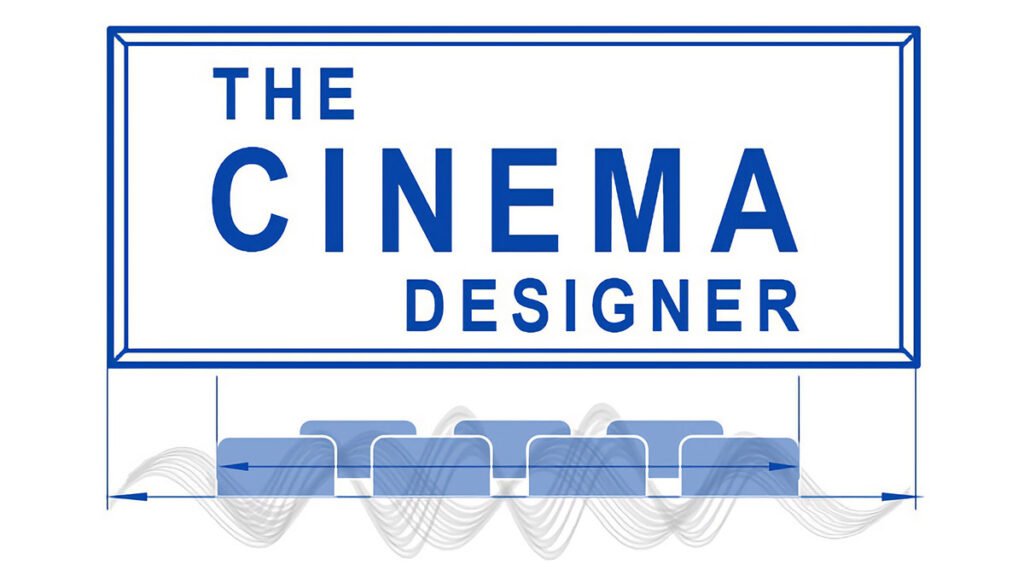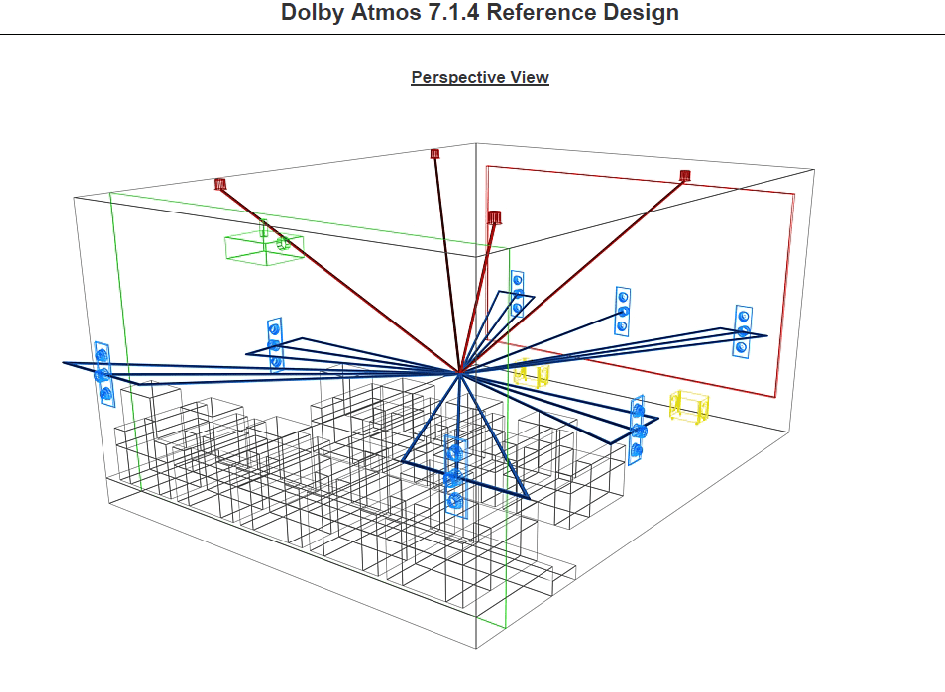The Cinema Designer
This design for your home theatre/media room has been carefully considered and a huge amount of care
has gone into the design process and equipment selection.
There are clear performance objectives for both audio and video and those are set out and mentioned
throughout this document. Home theatre design is not a subjective engineering process, it has been clearly
defined by many standards documents and trade organization codes of practice.

This theatre design is based on CEA/CEDIA CEB-22 & CEB-23 Home Theatre standards for design as well
as several ITU documents on audio and video criteria. The use of Dolby Atmos, DTS:X, and Auro 3D
configuration design guides have also been used to create a technically accurate room but like all rooms,
some design compromises must be made.
All home cinema designs require a careful mix of science & art. Every room has issues that need to be dealt
with at the design stage and the best rooms are always those that have had the best application of intelligent
compromises applied. We have followed all known standards and codes of practice in the creation of this
design and as such have guaranteed a certain amount of predictability in the system performance.
We are often requested to create several designs of the same room, with different equipment, configuration
, and performance objectives before finalizing on one design. This is not unusual and it is this process that
really adds value to the professional home theatre designer and installer.
Below you will not only see a full specification and bill of materials for loudspeakers, amplification, processing
and projection systems amongst other things; but solid engineering reasons for why certain pieces of
equipment has been selected.
Performance objectives have been set out to 105db reference level at the listening position for the audio
system, as well as a minimum of 30 ftL for the front projection system in relation to the video image. It is also

important to mention that the noise floor of the room itself is important to increase the perception of the
dynamic range of the audio. The video also requires careful control of both natural and artificial light to
increase the perception of the dynamic range of the video image.
Cinemas and media rooms also need to be well-ventilated and comfortable places to spend your time as well
as the requirement for a simple control interface that will allow you to enjoy the movie or game with the
minimum of fuss.
